Understanding the Role of a Mold Maker for Injection Molding
What is Injection Molding?
Injection molding is a widely used manufacturing process for producing parts by injecting molten material into a mold. This method is prevalent across many industries, including automotive, consumer goods, and medical devices, mainly due to its efficiency and cost-effectiveness in mass production. A mold maker for injection molding plays a crucial role in this process by designing and creating the molds that shape the final products. This requires a deep understanding of both the material properties and the specific requirements of the design.
Key Skills of an Effective Mold Maker
An effective mold maker must possess a unique blend of technical and interpersonal skills, including:
- Technical Expertise: Mold makers must be well-versed in various mold-making techniques, including CNC machining, electrical discharge machining (EDM), and 3D printing. Understanding different materials and their properties is essential for successful mold-making.
- Design Proficiency: Proficient in CAD software, they create detailed molds tailored to the specifications of the product. This involves translating conceptual designs into practical, manufacturable molds.
- Problem-Solving Skills: Conducting debugging and troubleshooting during the development process is vital, as molds often must be adjusted based on unexpected manufacturing challenges.
- Communication Skills: Being able to communicate effectively with designers, engineers, and production staff is essential for ensuring that the mold meets all specifications and requirements.
Common Mistakes to Avoid When Selecting a Mold Maker
Choosing the right mold maker is critical for successful injection molding projects, and several common pitfalls should be avoided:
- Neglecting Experience: Failing to verify the mold maker’s experience within the specific industry can lead to significant consequences. Each industry has unique challenges and specifications.
- Overemphasizing Cost: It’s crucial to recognize that the lowest bid may not always yield the best value. Instead, assess the cost concerning the quality of work and materials used.
- Inefficient Communication: Lack of clarity in project requirements can lead to misunderstandings, affecting timelines and quality. Always ensure that expectations are outlined clearly.
Factors to Consider When Choosing a Mold Maker
Experience and Expertise in Various Industries
When selecting a mold maker for injection molding, their experience in diverse industries can be a significant advantage. Different sectors utilize specific materials and technologies; the more versatile the mold maker, the better equipped they are to handle custom requests and unexpected challenges. Their portfolio should reflect their ability to adapt and innovate based on industry standards.
Technological Capabilities of the Mold Maker
The technological expertise of a mold maker is paramount. This involves not just the machines they use, but also their understanding of the latest technologies such as:
- CNC Machining: Computer Numerical Control (CNC) machining enhances precision and reduces lead times. A mold maker utilizing CNC technology can often deliver more complex and detailed designs.
- 3D Printing: Some mold makers are implementing 3D printing to create rapid prototypes, assisting in the faster evaluation of designs before full production is executed.
- Material Selection: Advanced knowledge of new materials and their properties aids in selecting the most suitable choices based on the product requirements.
Understanding Project Requirements and Specifications
Every injection molding project is unique, making it essential for the mold maker to thoroughly understand the specific requirements before commencing production. This includes:
- Design Complexity: Knowing the intricacies of the design allows the mold maker to create molds that prevent potential issues, such as warping or improper cooling.
- Production Volume: The volume of production directly influences the mold design. Higher production often means multi-cavity molds, which require a more sophisticated design approach.
- Material Compatibility: Ensuring the mold is compatible with the intended materials aids in successfully executing the injection molding process.
Evaluating Cost and Value
Breaking Down Injection Mold Costs
Costs associated with injection molding can vary significantly. They generally encompass the following factors:
- Initial Design and Prototyping: This is dependent on the complexity of the mold. Simple molds may cost between $3,000 and $6,000, while complex or multi-cavity molds can surpass $25,000.
- Materials Used: The choice of materials for both the mold and the final product can dramatically influence costs, as some materials are more expensive but offer higher durability.
- Production Time: The lead time directly affects costs, particularly if expedited production is necessary. Dynamic scheduling can help manage these costs effectively.
Comparative Analysis: Quality vs. Cost
When exploring options for mold making, it is essential to weigh quality against cost. While lower-cost solutions may be attractive, they can sometimes result in trade-offs in quality, leading to increased costs later due to:
- Increased Failures: Low-quality molds can lead to higher rejection rates of produced parts, escalating overall production costs.
- Maintenance and Repairs: Poorly constructed molds often require more frequent maintenance and repairs, again increasing expenses over time.
- Longer Production Times: Compromised quality can delay timelines, affecting your supply chain and possibly your market position.
Finding Affordable Mold Making Solutions
Finding affordability in mold making doesn’t mean compromising quality. Consider these strategies to secure value without overspending:
- Long-term Partnerships: Building strong relationships with a mold maker can often lead to negotiated costs and improved service.
- Bulk Production: If you anticipate significant production volumes, purchasing molds for multiple runs can reduce the per-unit cost significantly.
- Efficient Design Specifications: Help your mold maker understand your efficiency objectives, which can drive down costs through optimized designs.
Best Practices for Collaborating with Your Mold Maker
Communicating Your Vision Effectively
Effective communication establishes a solid foundation for collaboration. When engaging with a mold maker, ensure you provide:
- Clear Specifications: Provide comprehensive technical drawings and material specifications to avoid misunderstandings.
- Feedback Loops: Establish a process for regular updates and feedback sessions to maintain alignment throughout the project.
Setting Realistic Timelines and Milestones
Timelines are critical in manufacturing. Set realistic milestones to ensure smooth progression through each phase of mold development:
- Project Initiation: Begin by discussing the project scope and defining timelines for each phase, from design through final testing.
- Adapting to Changes: Be prepared for changes and set buffer times to accommodate unforeseen challenges without impacting the overall schedule.
Reviewing Prototypes and Adjustments
The review process is crucial to ensure that the produced molds meet the necessary quality standards. Engage in:
- Prototyping: Develop prototypes during the initial stages to assess the design and functionality before mass production begins.
- Iterative Feedback: Use prototype testing results to refine and adjust the mold design, ensuring alignment with project goals.
Future Trends in Mold Making for Injection Molding
Advancements in Materials and Technology
The future of mold making is leaning heavily on advancements in materials and technologies. Emerging trends include:
- Smart Materials: Utilizing smart materials that can adapt based on environmental changes underscores a major shift towards innovation in mold-making technology.
- Sustainability: The industry is witnessing a shift towards eco-friendly materials that reduce waste and lower carbon footprints.
The Rise of Automation in Mold Making
As manufacturing moves towards Industry 4.0, the rise of automation cannot be ignored. Key areas impacted include:
- AI-Driven Design Processes: Artificial intelligence is increasingly being used to streamline design processes, enhancing efficiency and accuracy.
- Automated Production Lines: Automation within production systems allows for more consistent quality and faster turnaround times for mold making.
Sustainability Practices in Mold Manufacturing
Sustainability in mold making is becoming a vital component of business strategy. Implementing sustainable practices can include:
- Recycling and Waste Management: Efficient recycling of materials and optimizing waste management processes can significantly reduce a company’s environmental impact.
- Energy-Efficient Technologies: Integrating energy-efficient machines and production methods can lead to cost savings and a smaller ecological footprint.
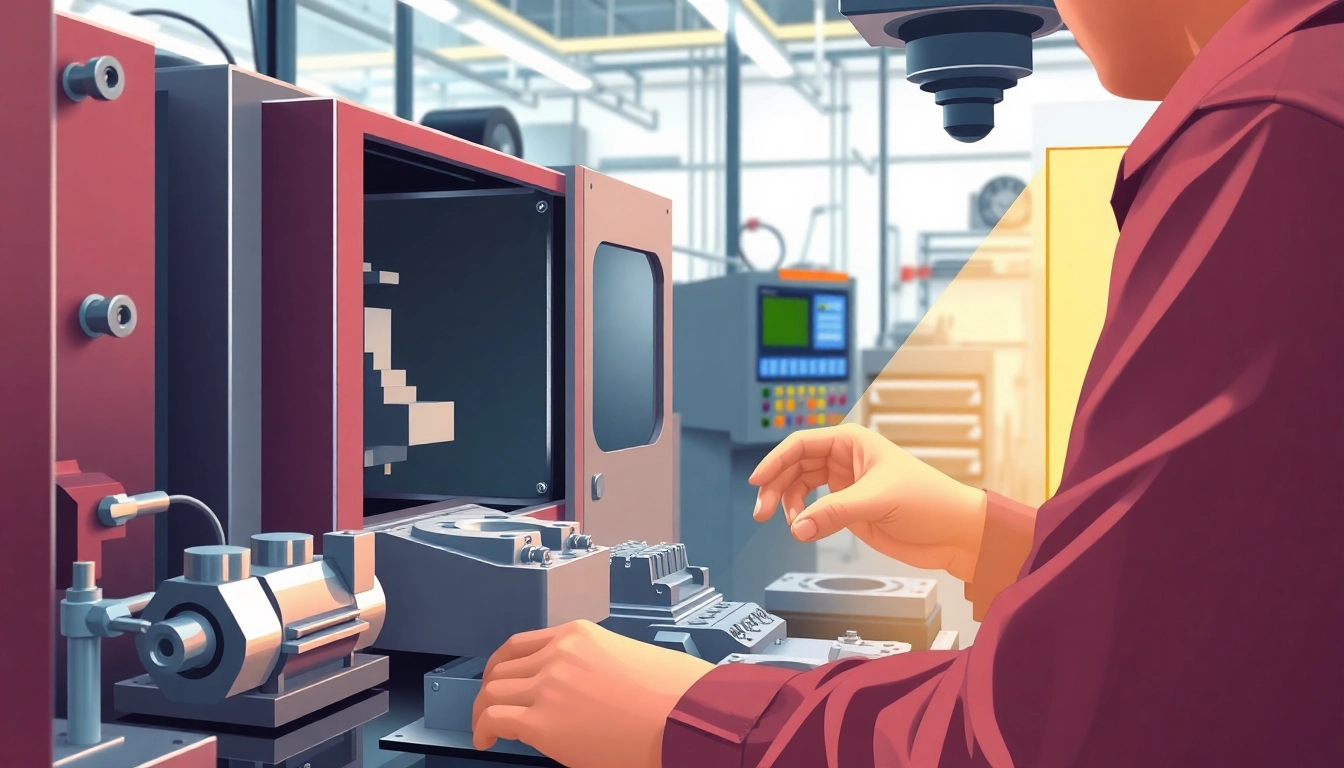

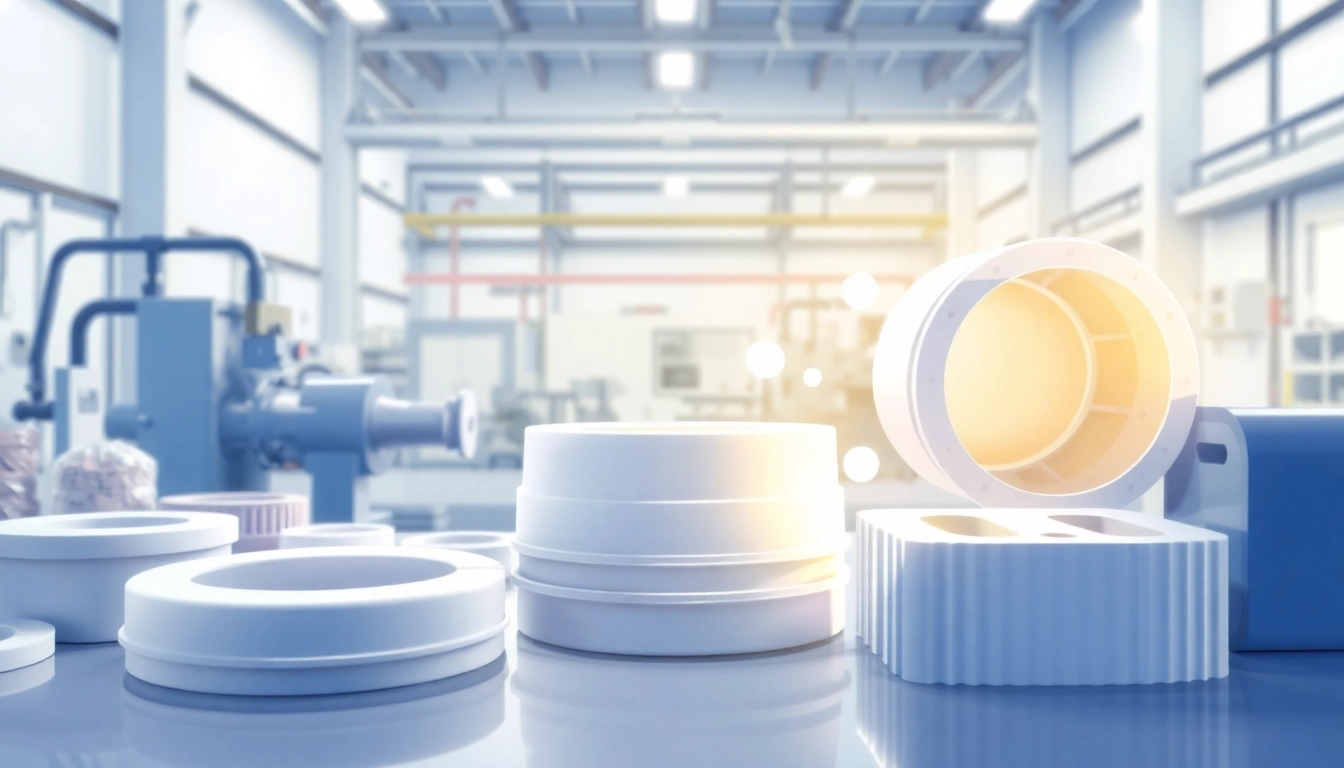
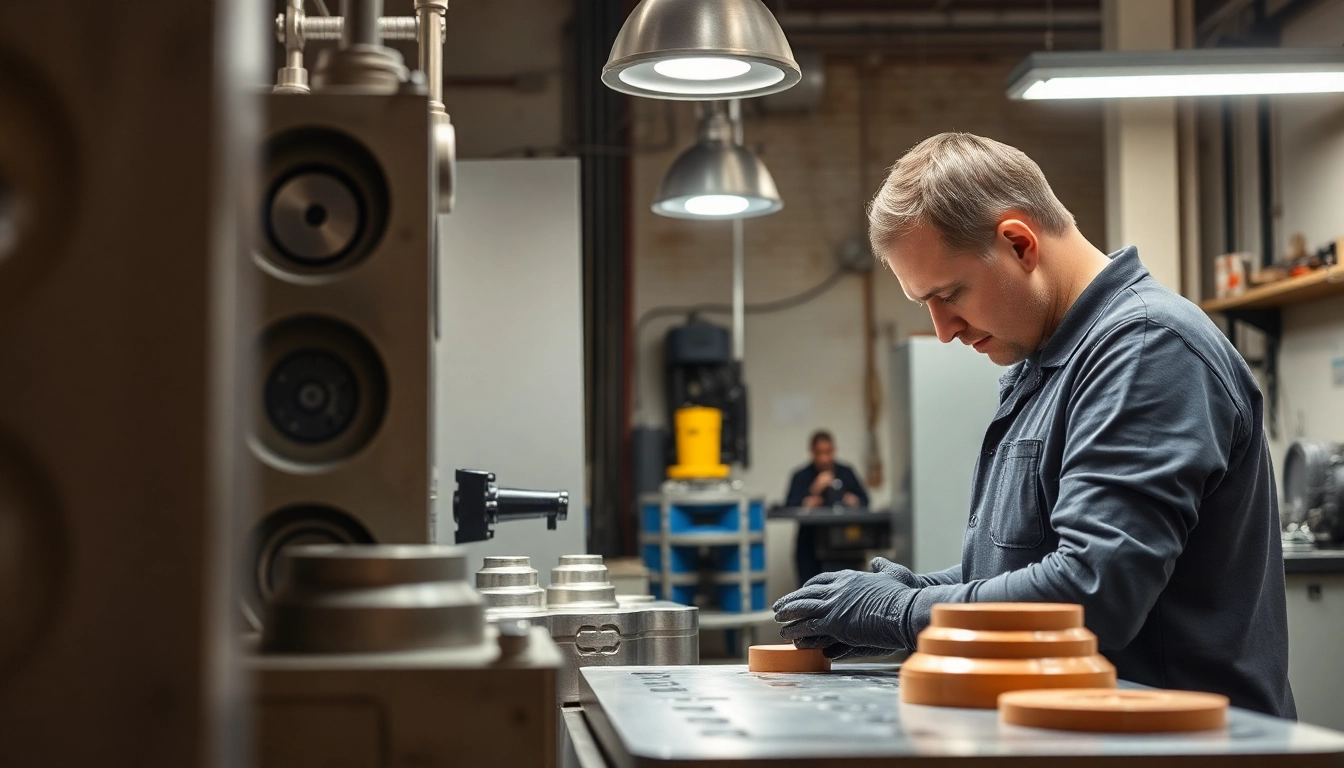
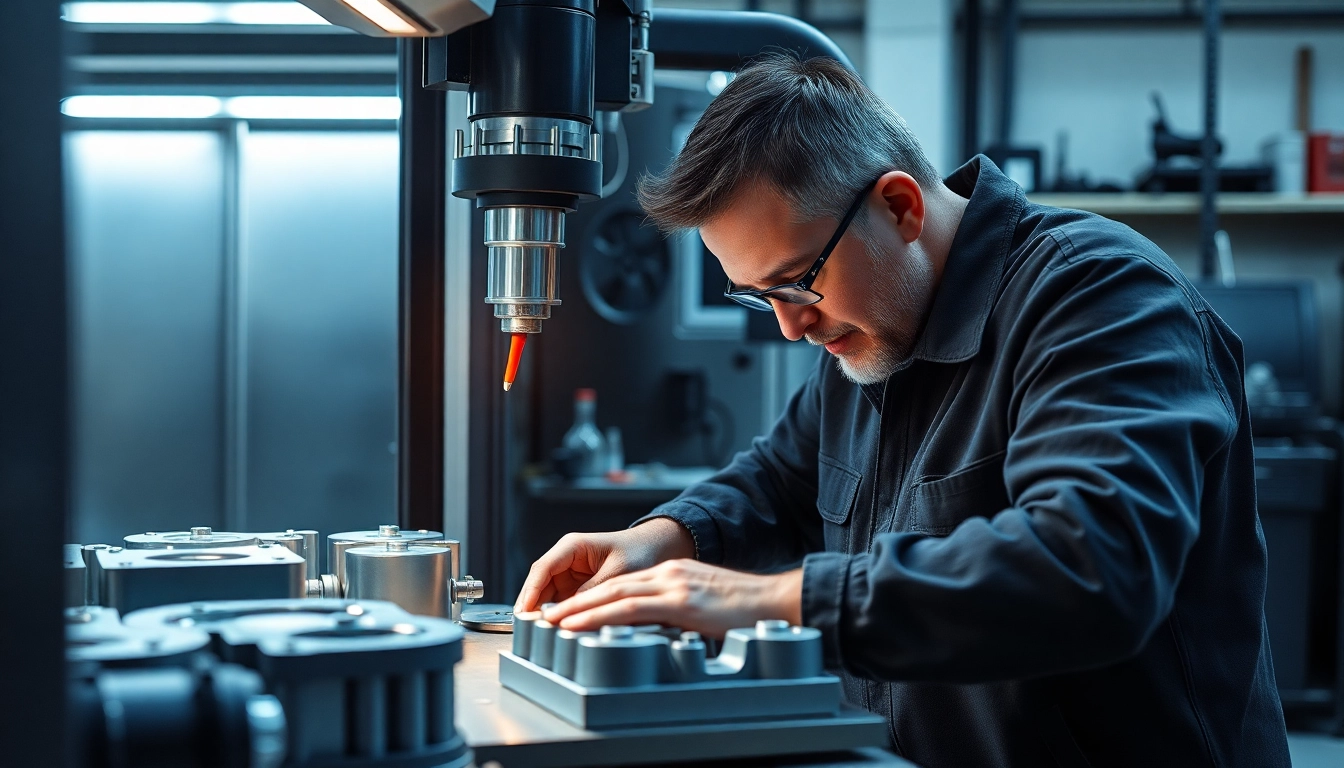

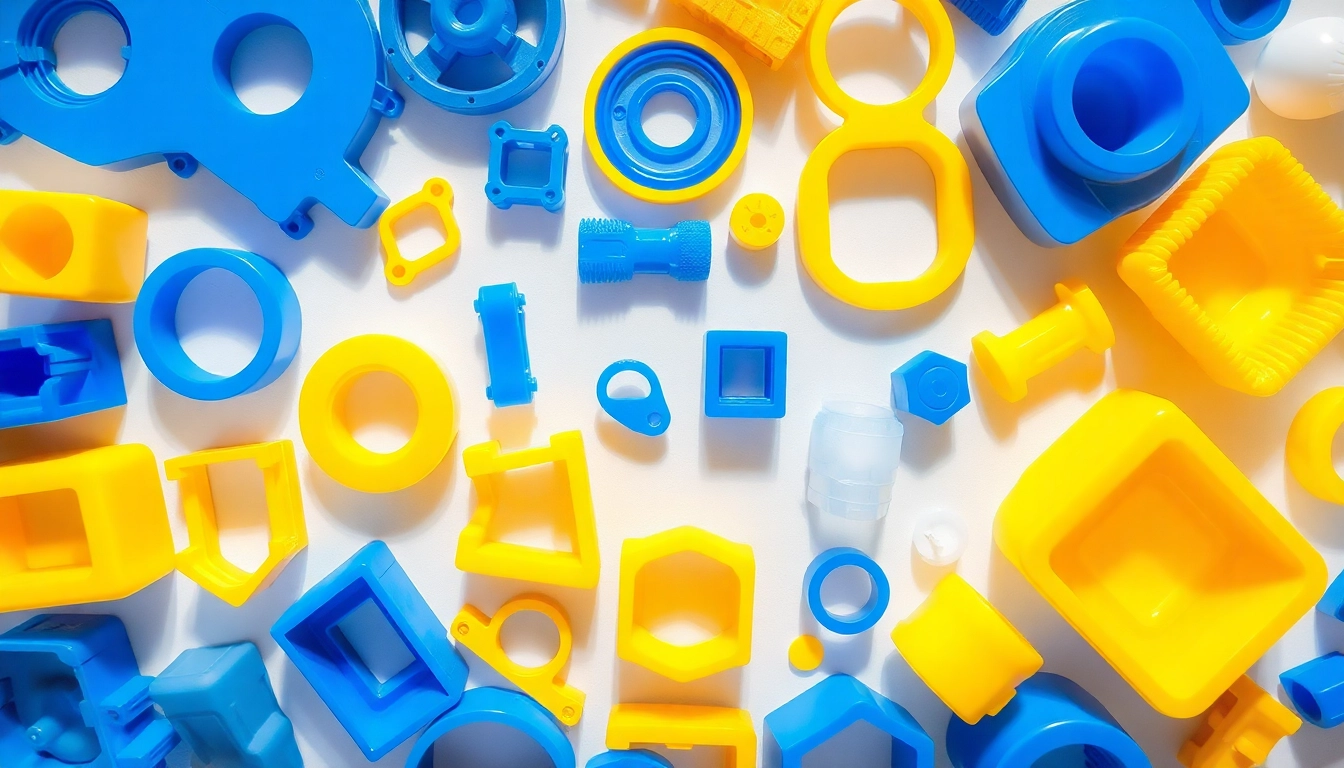

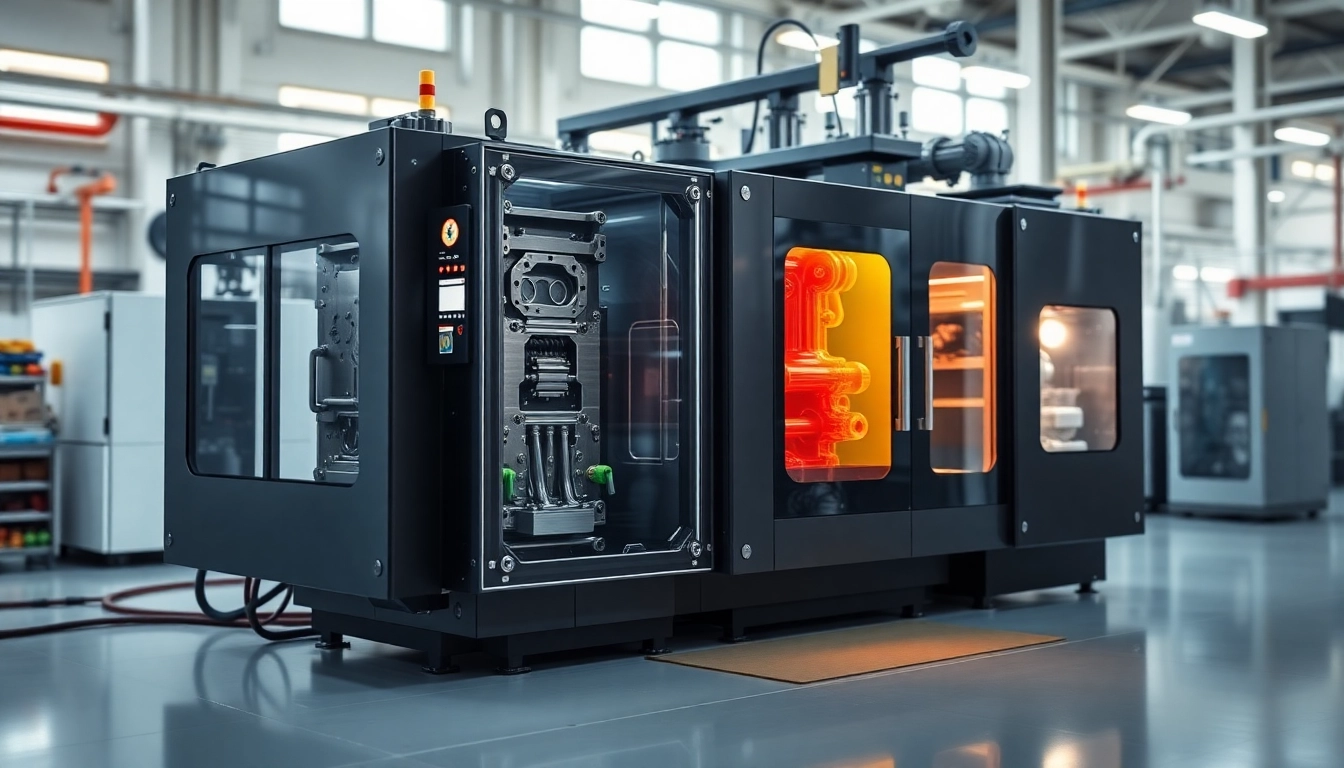
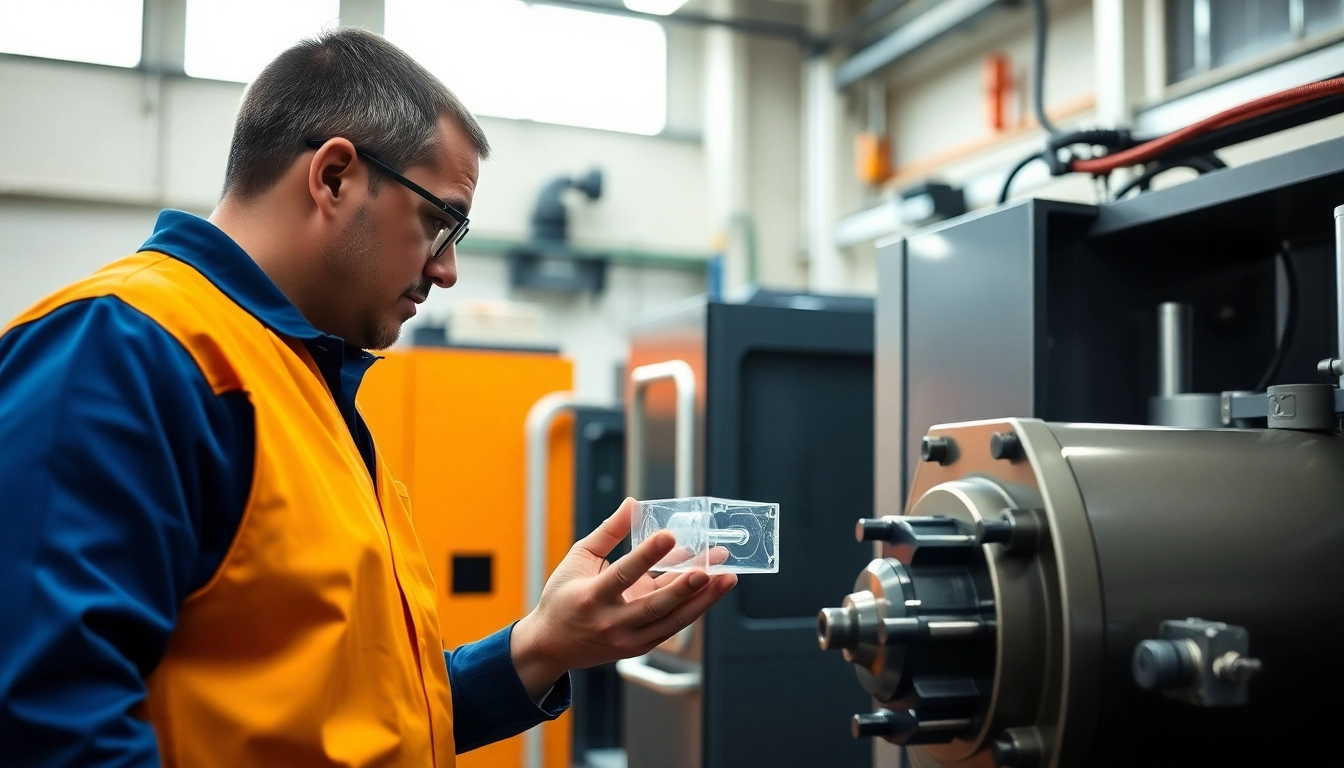
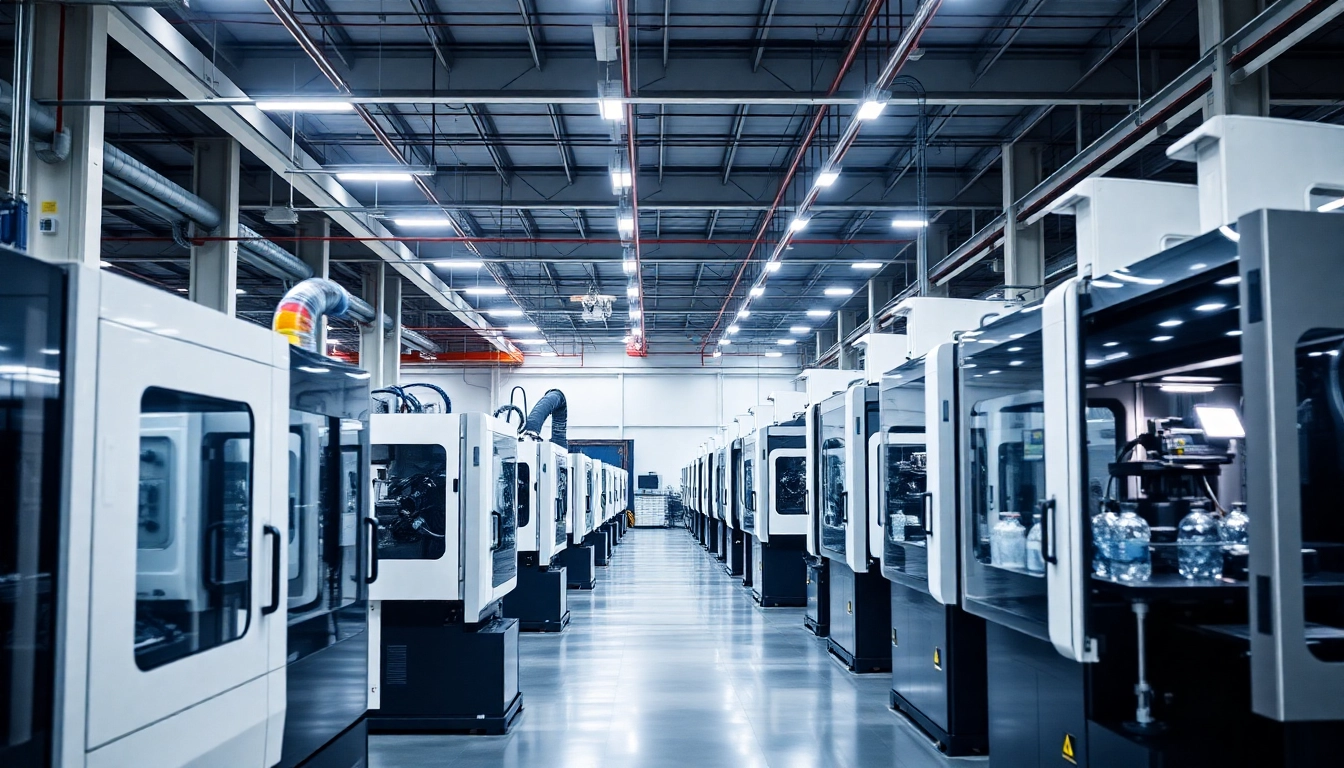




Leave a Reply